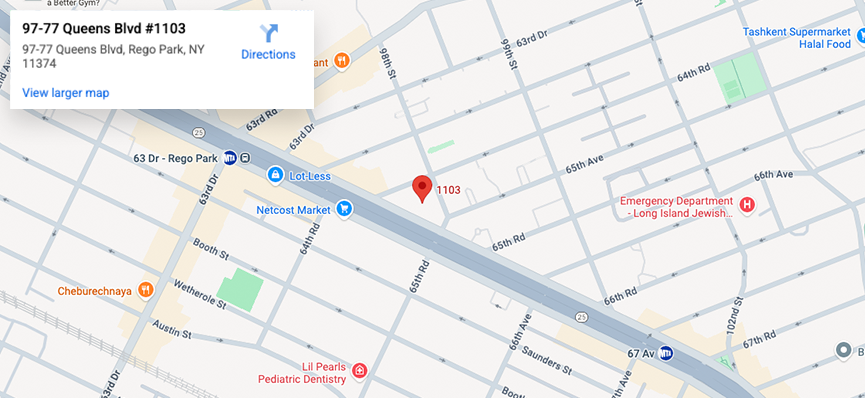Third Nerve Palsy
Third nerve palsy refers to a weakness of the nerve that supplies impulses to four of the six extraocular muscles and to the muscle that elevates the eyelids.
THIRD NERVE PALSY
Third nerve palsy refers to a weakness of the nerve that supplies impulses to four of the six extraocular muscles and to the muscle that elevates the eyelids. This may be congenital or acquired following head trauma, brain tumor, stroke or cerebral aneurysm. The affected eye is generally misaligned outward (exotropia) and downward (hypertropia). At times there is an associated drooping eyelid (ptosis) or enlarged pupil.
Once we can document stability of the strabismus arising from a third nerve palsy (occasionally a congenital or acquired third nerve palsy can “regenerate” spontaneously over the course of 6-12 months), eye muscle surgery can then be performed to eliminate the ocular misalignment and restore single vision.
Pediatric Ophthalmic Consultants
40 West 72nd Street, New York, NY 10023 | 212-981-9800
The content of this Web site is for informational purposes only. If you suspect that you or your child has any ocular problem,
please consult your pediatrician, family practitioner, or ophthalmologist to decide if a referral to a pediatric ophthalmologist is required.







